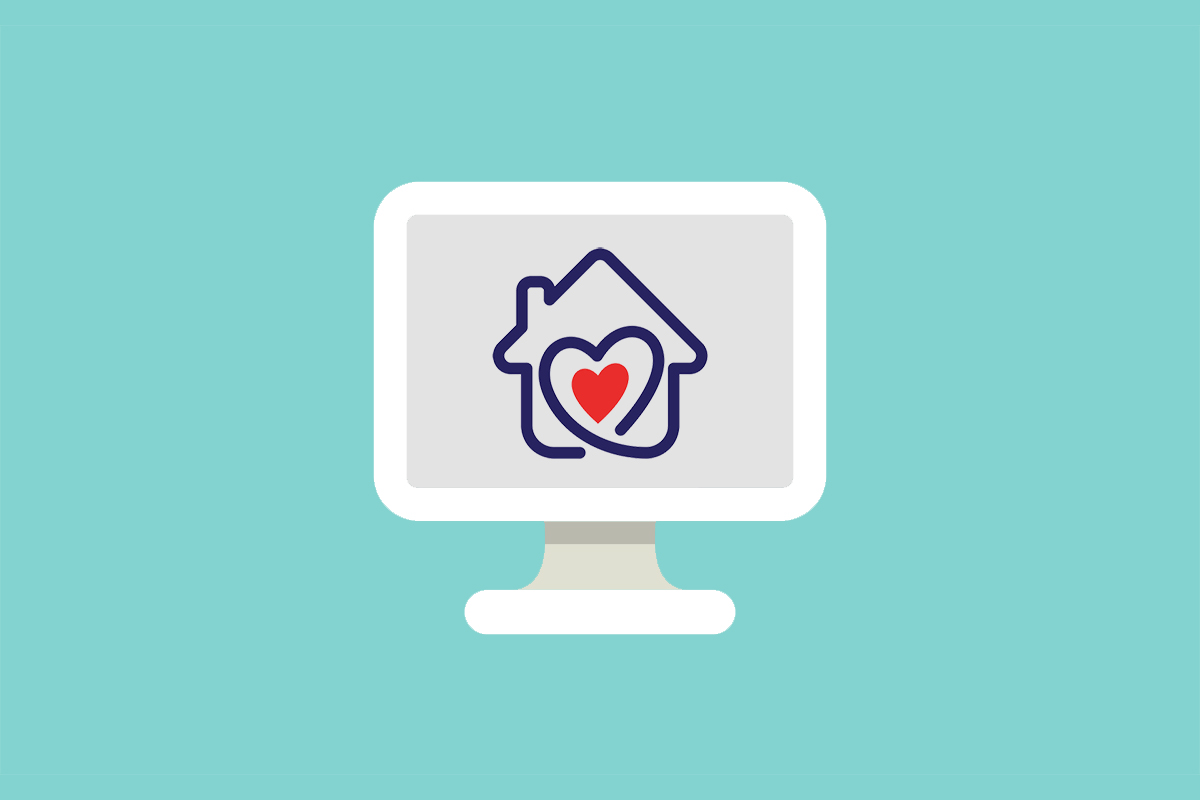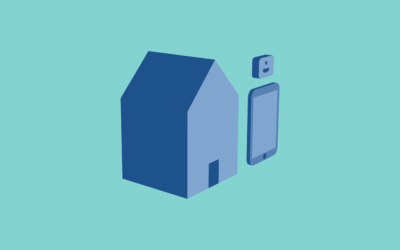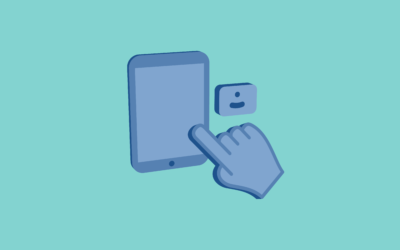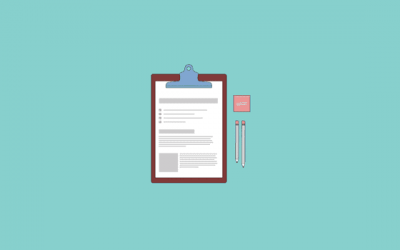Summary
In this study, we asked S-LPs working with dysphagia patients in various facilities to tell us what they would like to see in a clinician web portal that would allow remote monitoring and management of patients completing dysphagia exercises at home with Mobili-T. This study took place during the paper prototype stages of Mobili-T design and development. Since the completion of this work, the Clinician Portal has been developed and refined through many conversations with leads and customers.
Abstract
Purpose
Mobile health (mHealth) technologies for dysphagia management may allow patients to complete rehabilitation exercises from home and their clinicians to remotely monitor them. However, clinicians are rarely formally consulted in the early stages of ideation. This study aimed to determine necessary elements to be included in a clinician web portal that would allow for remote monitoring of patients completing dysphagia exercises using mHealth equipped with surface electromyography (sEMG).
Method
Ten dysphagia clinicians were consulted individually using convergent interviewing. Interviews were transcribed and analysed using thematic analysis to identify themes and sub-themes.
Result
Themes identified included: perceived benefits of an mHealth system; clinical uptake of an mHealth system; clinical targets desired; preferred communication method; notification style and frequency; and user interface considerations. There was no consensus regarding clinical targets to display, notification frequency, method of clinician-patient communication, or layout for the user interface. Agreement existed on the importance of the simplicity and customisability for the clinician web portal user interface.
Conclusion
Lack of consensus on specific elements to be included in a clinician web portal could reflect low clinical exposure to sEMG. This study provides an example of formal end user feedback in the ideation phase of design.





